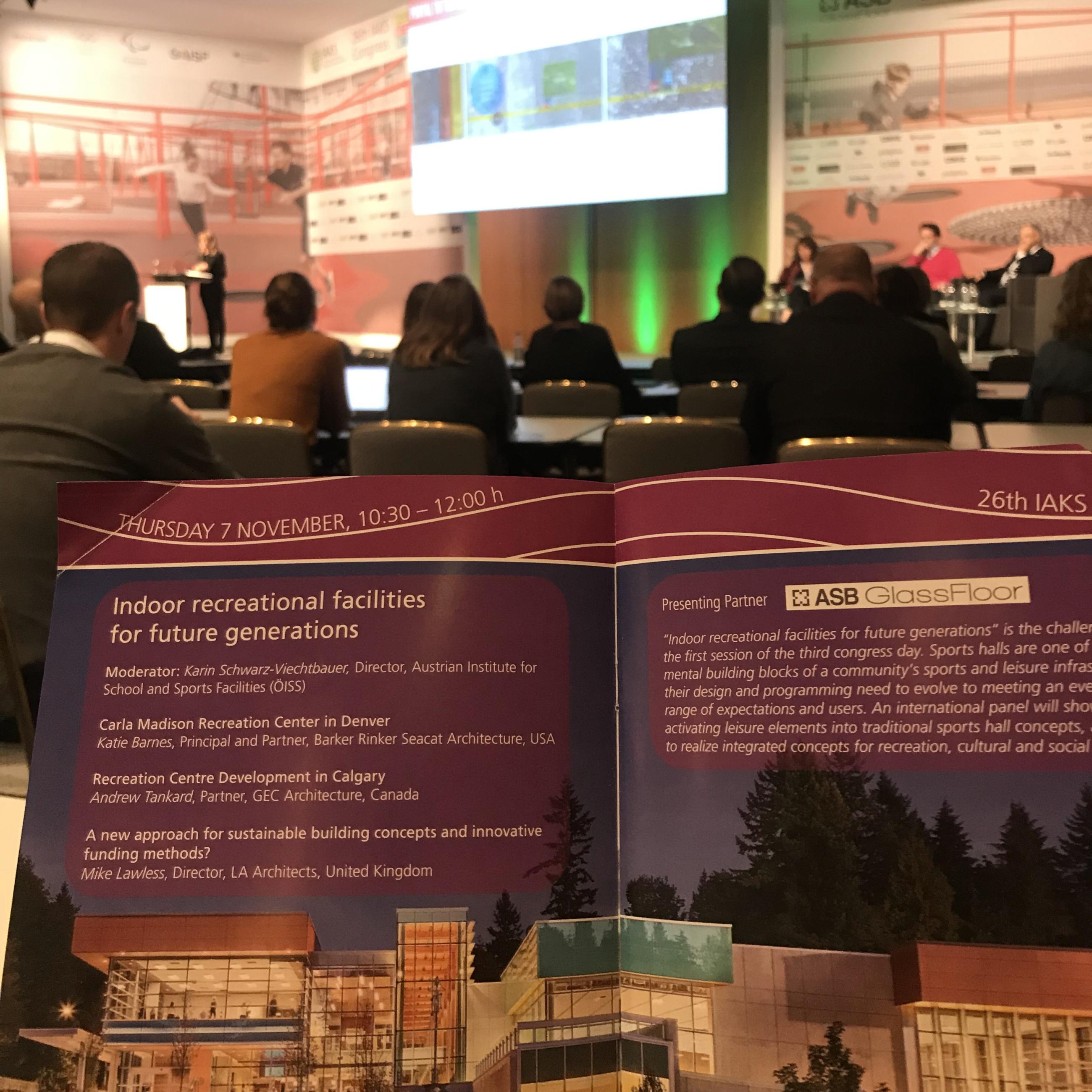
Meeting the needs of today’s and future users

Lessons learned at the 26th IAKS Congress on day 3: Programming and design of sports halls need to evolve to meet the needs of today´s and future users and an ever-broadening range of utilizations. Multi component indoor recreation facilities are a typology of sports halls which are well established in North America and in the UK, showing potential for new approaches in Europe. Speakers from the US, Canada and Great Britain provided deep insights.

